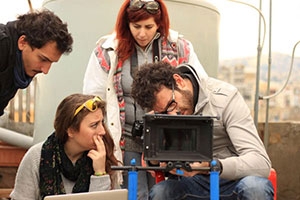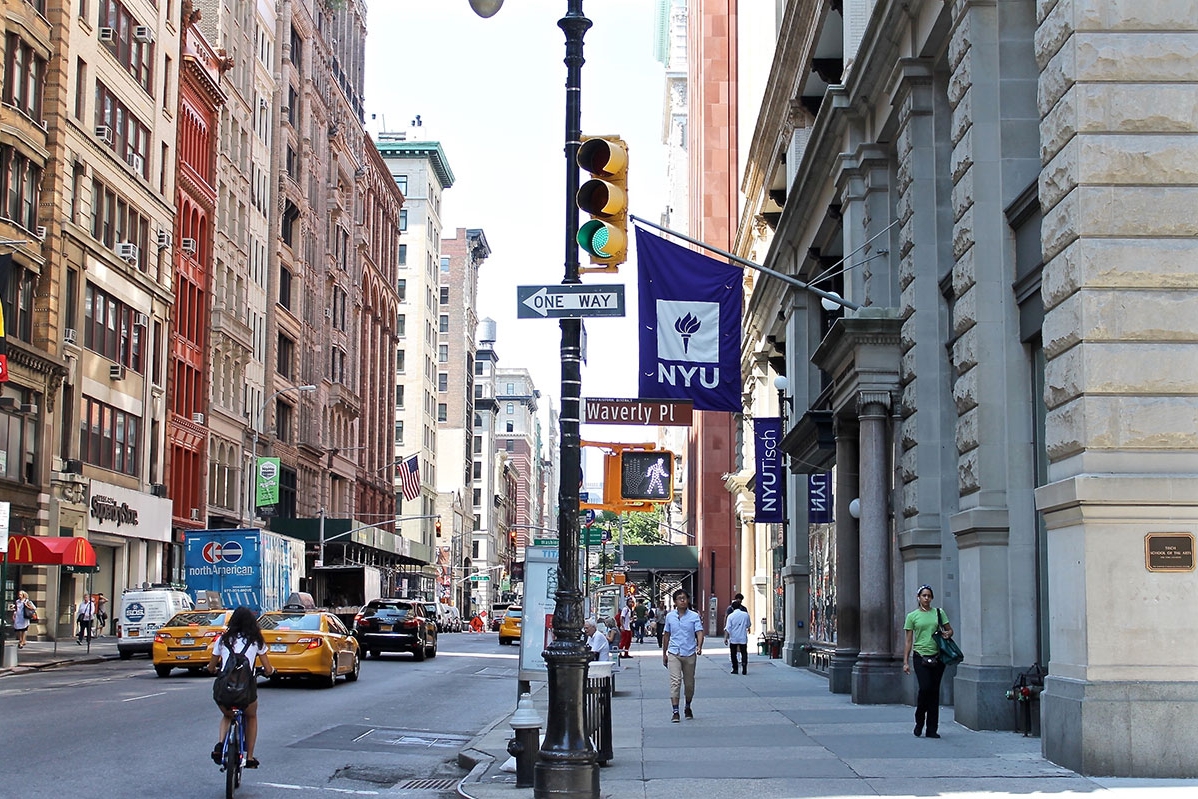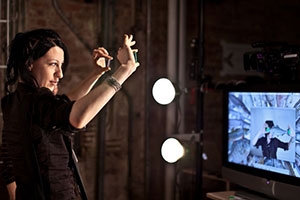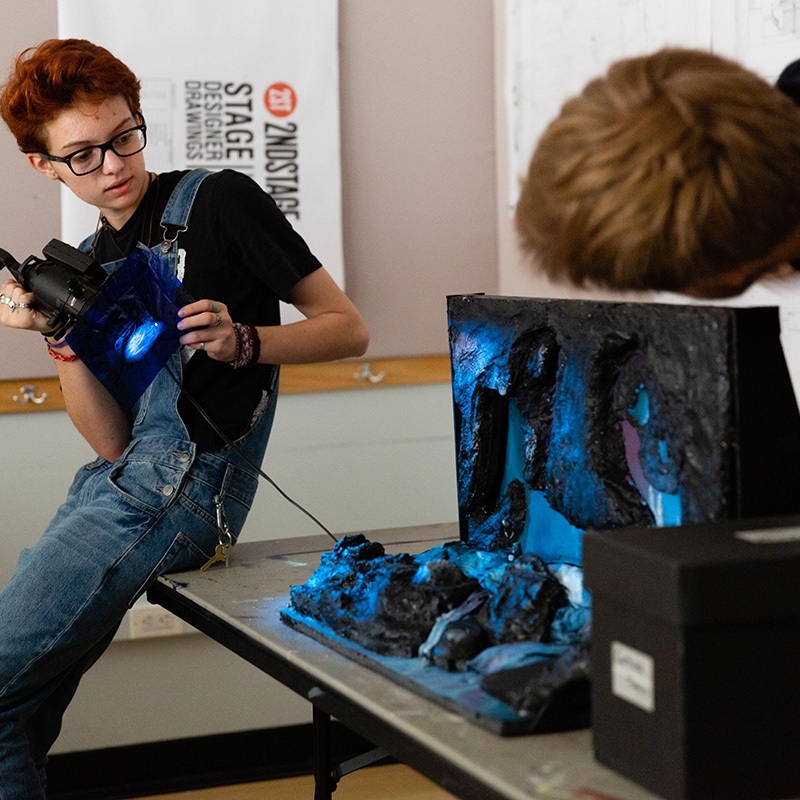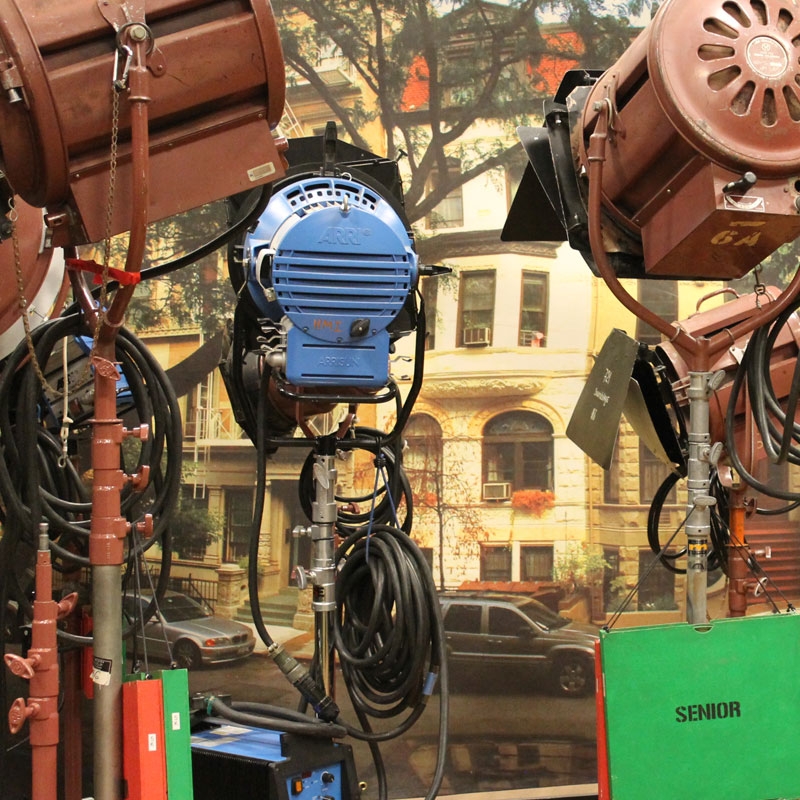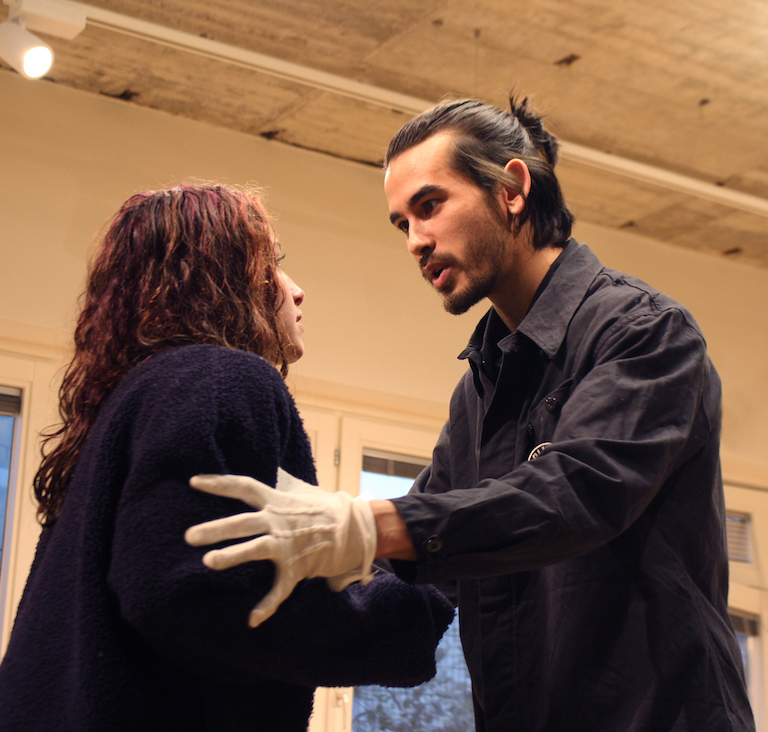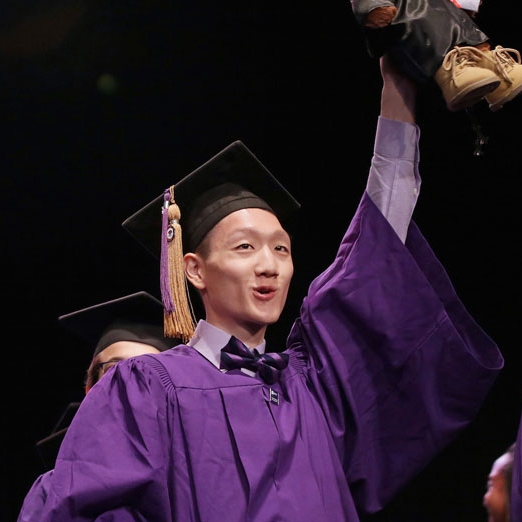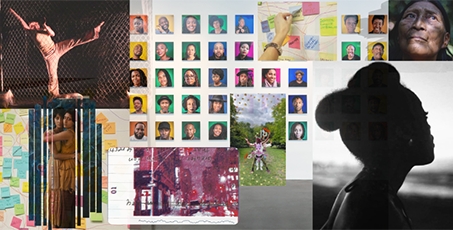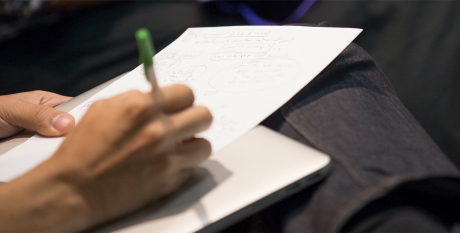As part of its ongoing mission to document, preserve and make accessible American independent films, IndieCollect announces its inaugural Scholar-In- Residence program. In launching this initiative, IndieCollect strives to increase awareness of, and access to, America’s rich history of alternative filmmaking by teaming with scholars whose research engages the academic community, archivists, and repertory film programmers with similar interests.
The first IndieCollect Scholar-in- Residence is Tanya Goldman, a PhD Candidate in Cinema Studies at New York University, whose research focuses on mid-twentieth century non-fiction film and its history as a political and cultural practice. Goldman’s articles and reviews have appeared in Feminist Media Histories, Film Quarterly, Jump Cut, and Senses of Cinema. She served as a member of the Peabody Awards nominating committee for documentary TV programming, and is a representative for the SCMS (Society of Cinema and Media Studies) Non-Theatrical Film Scholarly Interest Group. The topic of her doctoral dissertation is the career of American independent non-theatrical distributor Thomas Brandon (1910-1982).
Ms. Goldman will collaborate with IndieCollect during the 2016/2017 academic year to expand the breadth and depth of the IndieCollect Index by adding a historically significant swath of films dealing with union and labor issues. She will research and record the location of motion picture elements for those titles, and pinpoint titles not easily accessible. IndieCollect will seek to digitize those films, using its recently-acquired Kinetta archival film scanner, in collaboration with the archive repositories.
Two other important results are anticipated. Ms. Goldman will help IndieCollect develop metadata finding aids to facilitate academic research into American independent film history. Secondly, Ms. Goldman will curate a retrospective of films that were co-produced and/or distributed by Tom Brandon, including those made by the Workers Film and Photo League.
Goldman’s efforts promise to add a new dimension to IndieCollect’s Index, which currently documents thousands of films made since the late 1950s, when portable sync sound recording and compact cameras set off an explosion of “Off-Hollywood” filmmaking. During her residency, Goldman will bridge this time gap by cataloging independent works from the 1930s through the 1950s, with particular emphasis on the film listings she has found in Brandon’s catalogs and archival papers. This thirty-year period relates directly to her dissertation project, which is being supervised by NYU professor Dan Streible, founder of the Orphan Film Symposium.
Brandon is best known among film scholars for his role within the legendary Workers Film and Photo League, founded in New York in 1930, which documented the era’s mass unemployment and labor unrest. The League dissolved a few years later, but Brandon continued to support alternative filmmaking through his company, Brandon Films, which distributed both American and foreign avant-garde works, non-fiction films, educational media and shorts. After selling his company in 1968, Brandon devoted his final years to recovering, preserving, and promoting progressive documentaries produced during the so-called “Red Decade.” His efforts were integral to the preservation of a considerable body of leftist, non-fiction work now housed at the Library of Congress, the Museum of Modern Art, and a handful of other archives.
IndieCollect founder Sandra Schulberg notes, “The history of American independent cinema has been hampered by the lack of a comprehensive database or encyclopedia. Filling that hole is a major priority for us. To understand the evolution of the indie film movement, you have to look not only at the films, but also at the key curators and distributors. Tanya Goldman is investigating this under-studied corner of the field to ask which films were released and how, and that’s why her research is of contemporary relevance, apart from the intrinsic value of the films themselves.”
Over the course of her research into the Brandon archives, Goldman has collected thousands of photographs and documents, and was struggling with how to assimilate and catalogue these materials. Using the IndieCollect document scanner and text recognition software, she will be able to scan the materials and attach them to the film entries she creates in the IndieCollect Index.
“When I realized the IndieCollect Index was equipped to serve as an interactive platform for all these audio-visual assets, I jumped at the opportunity to collaborate with the IndieCollect team,” says Goldman. “I plan to experiment with IndieCollect’s Index to streamline my own dissertation research needs and test how it can be used as a dynamic research instrument applicable to other scholars who are plagued by similar methodological challenges. I hope my tenure will inspire future collaboration between scholars and this organization."
Besides resolving certain heuristic issues that speak to the needs of academics, IndieCollect will help Goldman mount a retrospective of Brandon films at a New York cinema. IndieCollect’s first theatrical showcase, GEMS UNSEEN: Early Apparatus Films from Christine Vachon, Todd Haynes and Barry Ellsworth, consisting of ten films it is in the process of restoring, unfurls in early December 2016 at the Metrograph cinema.
“One of our mantras,” says Schulberg, is ‘Saved Does Not Mean Seen.’ Our preservation campaign is intricately linked to our determination to exhibit, or cause to be exhibited, the films we restore. Rescuing physical elements is a primary objective; but our ultimate aim is to rescue from obscurity.”
